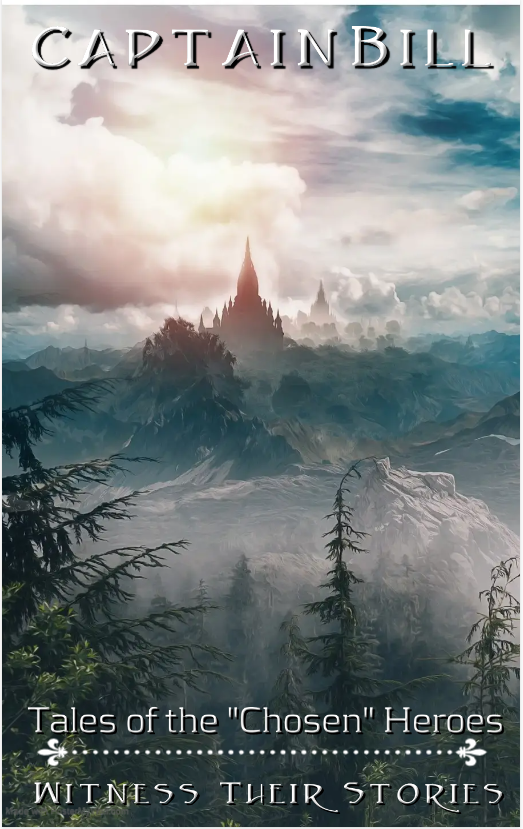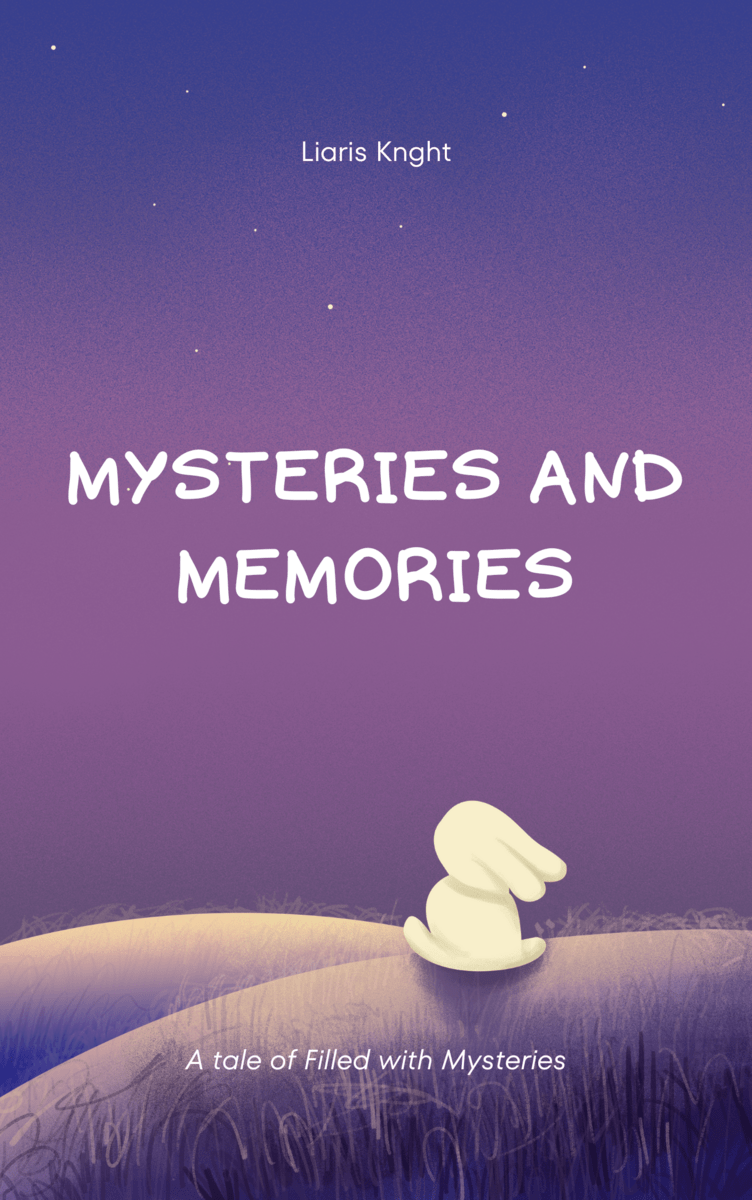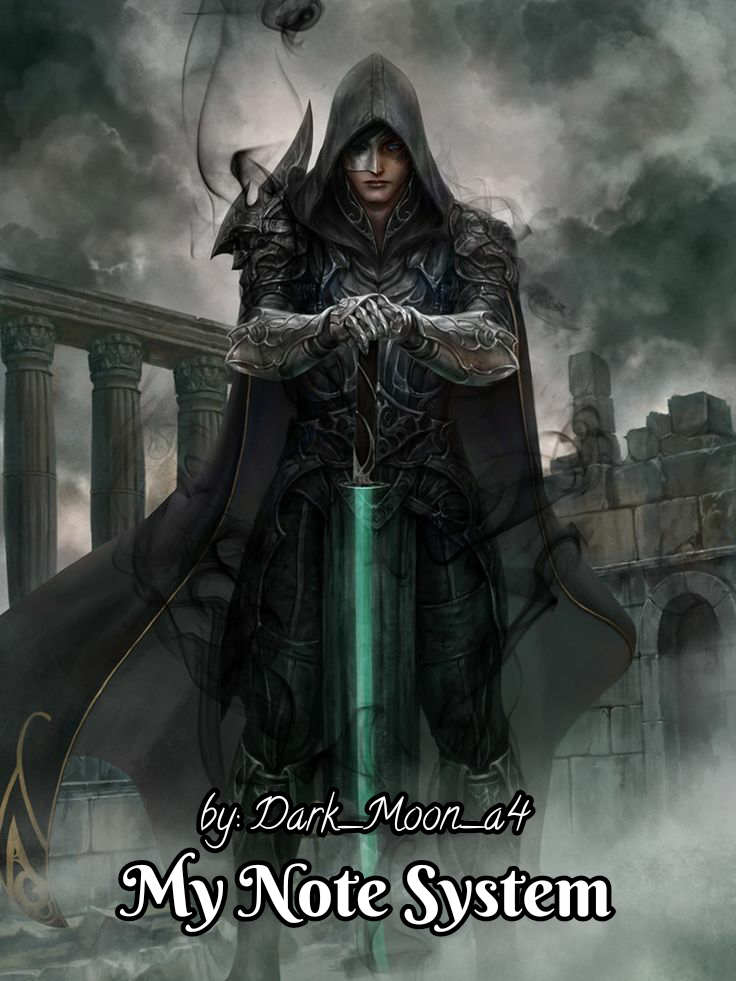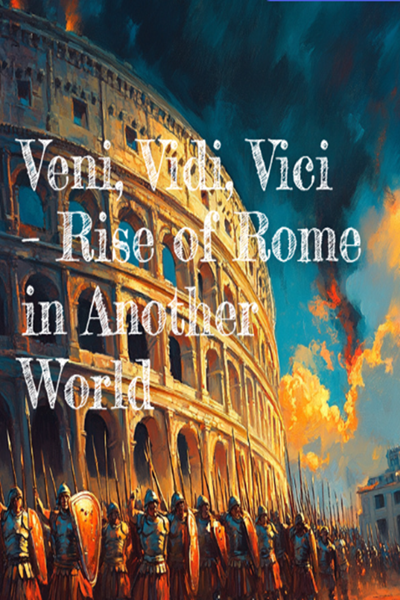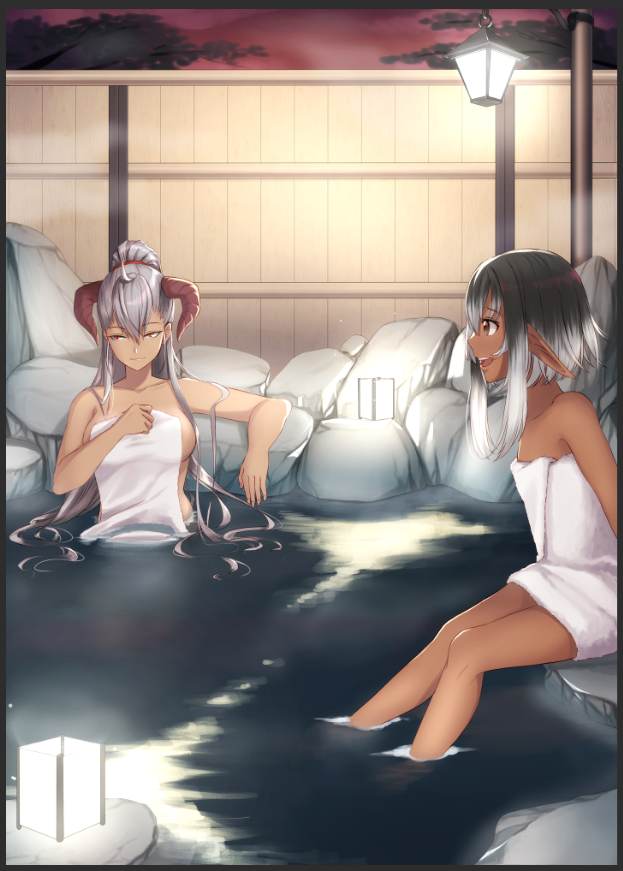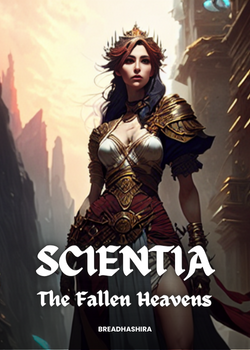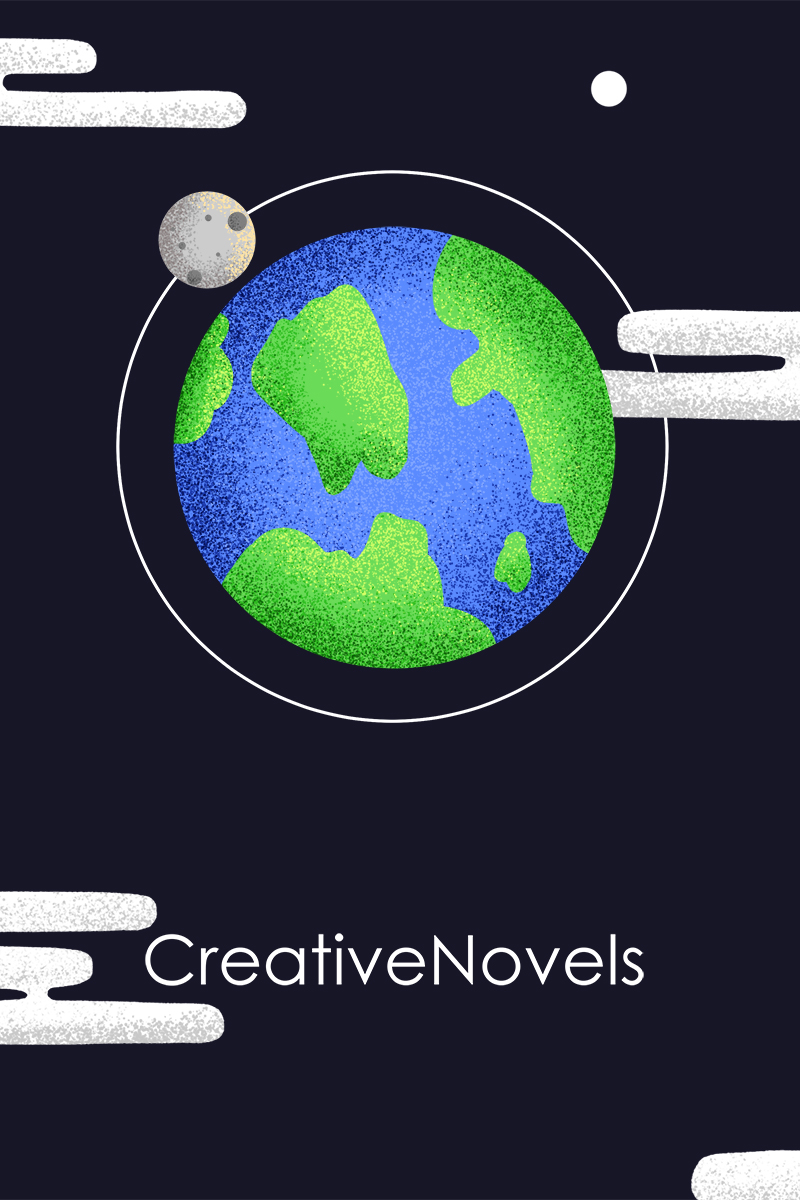What actually consisted the world that people perceived on a daily basis?
People in An Fei’s modern world would certainly argue that everything was a complement of color, sensations, and interactions.
The environment, the scenery, and the objects visible were mere interpretations by the human brain of such aspects of their surroundings, creating a vivid environment strife with vitality.
Perhaps, if they dove a step further, the aspect of color could be broken down into light, which then could be explained as a combination of wavelengths and free elementary particles. Similarly, interactions could be assessed at a microscopic scale and a conclusion could be made that – indeed, the world’s interactions and operations depended solely on the fluctuations and synchronization of elementary particles.
There were many definitions that could be implemented to define the world that existed around people. Scientists who explored the limitations of computation theory and logic would provide a drastically different explanation for the world’s processes than those of ideological or religious studies.
One studied the world from a system of computational numbers and observations of those numbers in conjunction with the environment’s interactions, while the other directly studied the interactions of the world in their whole.
Though there were numerous differences between science and ideology, there were a few common grounds that they equally operated on.
That was the three categories of definition applicable to the world.
The input, followed by the sensation, then expressed through interaction.
Certainly, the western scientist and the eastern Taoist possessed different values and assessments of the world that existed below their feet. Nonetheless, since both definitions firmly encapsulated their environment and settled all three conditions of input, sensation, and interaction, they held equal value.
Science couldn’t explain every phenomenon and consequence that existed within the world, nor could an ideology such as Taoism.
Likewise, scientific study couldn’t disprove the existence of ideology, and the opposite was true as well.
At the root of it, the major difference between the two systems of knowledge existed in their foundational roots. Both definitions by themselves were not necessarily wrong, nor were they exactly right.
That was because neither system could explain its origins. Such a quandary existed beyond the capacity of human knowledge.
Since humans were existences who lived within the world and were not deities, they were naturally confined by the natural laws of that world.
They could neither define nor escape from those constraints, for the human consciousness was a byproduct of the world’s interactions, and not the other way around.
Similarly, Immortals of the Realm could not determine what the Realm and the endless void constituted of, nor could they properly define their intrinsic properties and capabilities. They couldn’t explain the origins of immortality, nor could they explain how they could create existences from nothing but cluttered thoughts.
However, they could provide a discrete explanation for mortals, since the mortal worlds themselves were constructed by Immortal beings. And by doing so, they could provide a shell of an explanation for their own circumstances.
The Immortals of the Realm did so through the concept of information.
The entire world was constructed of information existing in both tangible and intangible manifestation, superimposed upon the other throughout time.
By nature, information was infinite, for there was no proper method to quantify it. However, it was also finite, for the lack of a definition of quantity allowed Immortals to properly define such vague concepts.
By arranging information into hierarchal structures, they could define a system to thoroughly explain its functions. The origin of information was unknown to the Realm, but when integrated into a hierarchal system, Immortals had no need to know its origin.
“All that is needed is our interpretation of the quandary of information. As long as it can explain physical phenomena to a better degree than others, who is to say that it is incorrect?”
Information was pure and devoid of any attribute, though it could manifest itself as either a physical or metaphysical existence. Its manifestations were both tangible and intangible at the same time, and would function in the form of oscillations.
Mortal worlds were perfect examples of such hierarchal systems of information.
The mortal world was established as the root, with every existence inhabiting it designated as a subsidiary node. Animals, plants, objects, and natural phenomena – everything was a “packet” of information that was dependent on the existence of the mortal world.
Without the mortal world, they couldn’t exist, but the opposite was certainly not true. The assignment of precedence also favored the mortal world instead of mortal creatures.
Every existence was comprised of the resources that comprised the mortal world, though in much smaller quantities. At the cessation of their lifespan, the mortal creatures decomposed into natural elements and returned to the mortal world, completing the self-symmetric process.
“If the mortal world is just a single unit of information, what of the Realm? What of the souls of creatures who live in such worlds?”
The mortal world itself was a single unit of information, and the mortal creatures, objects, and phenomena were merely the oscillations. By that system of logic, it was possible to infer that the Realm itself operated on a similar basis of logic.
…it was just that nobody could prove it, nor could anyone disprove such a claim.
As for the distinction between souls and sentience, it primarily depended on the capability to accept, manipulate, and express information.
Particularly, sentience was defined as the capability to accept and manipulate any inputted information, but not be able to actively express information; the soul was defined to constitute any existence that could achieve all three conditions…
The scholar and the young girl talked for a long time. When An Fei finally emerged from the fiercely engaging yet entertaining discourse and emerged from the Sanctum, it was already noon of the next day.
“Ah…”
The young girl’s lips parted apart to their maximum potential as a massive yawn ripped through her entire body. Her muscles trembling as they stretched to their content, An Fei rubbed at her temples with a set of numbed thumbs.
“Rather difficult to understand, isn’t it?”
A soft male voice gently pulsated against the base of her ear, easily soothing her taut nerves. An Fei reluctantly nodded in agreement, for she definitely felt the strain on her sea of perception.
“I didn’t get what he meant by the distinction between the soul and sentience, as well as what he called a Construct…”
“You’ll understand it as time goes by, and the Senior will always be present to answer your questions” the heavenly dragon chuckled.
“The basic distinction is that sentient beings can maintain their existence, but souls can actively influence their surroundings. Outside of that, they’re practically the same.”
The heavenly creature who was both a corporate slave and prisoner of the Sanctum had completely adopted the modern slang and dialect of An Fei’s style of speaking. As the odd peculiarity breached the depths of her mind, the young girl’s consciousness finally began to reboot.
“Though, the theory makes sense, doesn’t it? After all, when you dissect mortal creatures and analyze their properties while comparing them to that of their associated mortal world, there really isn’t a difference between the two save for the order of precedence. Alas…”
The heavenly dragon’s whiskers fluttered in excitement and reminiscence as he stared at the young girl’s dazed countenance struggling to comprehend its words.
Finding a minimal amount of distinction between An Fei’s current expression and that of her previous appearance in its memories caused the scarlet dragon to be filled with a boundless happiness, and it released subconscious, gentle croons here and there.
The young girl blinked twice, and her mind finally began assembling the basic resources to begin rational thinking. At the same time, the heavenly dragon lightly sighed.
“How great would it be, if you could have that expression on your face every day, ah…”
“…what about my expression?” An Fei murmured, and her blinking accelerated.
“Saying things like that, aren’t you rather weird – AHH!?”
Peng!
The young girl’s mind finally extricated itself from the <Assembly of a Soul>, just in time to hear the heavenly dragon’s appreciative sigh. The taijijian was hurled through the air and onto the ground, the blade clattering with an unhappy screech.
“W-w-w-w-what are you doing here!?”
“Hey! Don’t mistreat my body like that! At least throw me onto the bed – are you trying to make me rust!?”
The heavenly dragon stared at the young girl with displeasure, and the young girl stared at the taijijian in horror and shock. The tips of her fingers tingling as she finally registered the meaning of the scarlet dragon’s words, An Fei edged closer to the wall and as far away from the discarded taijijian as possible.
“What… do you mean by your ‘body’?”
The heavenly dragon too finally erupted as it heard the words spilling from the young girl’s mouth.
“What do you think I mean with the word ‘body’? Hurry up and get me from this disgusting ground – what do you think you’re doing with that teapot!?”
“What do you think I’m doing with this teapot!?”
Splash!
The heavenly dragon of the Gate of Death howled in utter humiliation as a mortal girl drowned its manifestation with a pot of longjing tea.
Though it did wash off the clods of dirt on the sheath and blade of the taijijian, the scarlet dragon had more than one complaint to offer.
“It’s not even hot tea!?”
Oh, oh, oh – why did it have to be lukewarm!?


